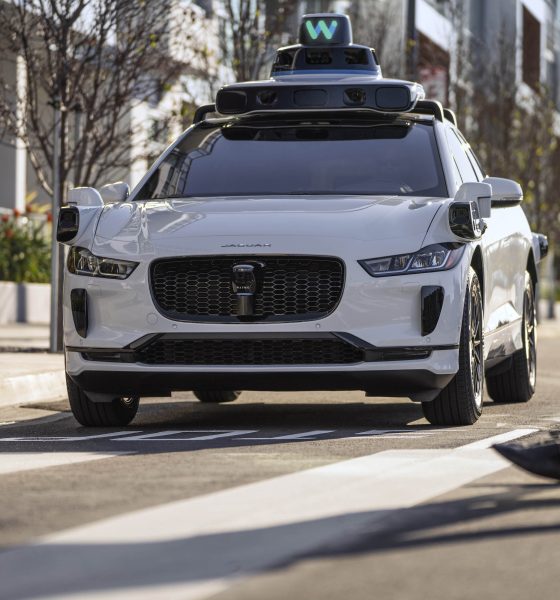In 2024, Alphabet-owned Waymo emerged as the clear front-runner in the U.S. robotaxi industry. Waymo has so far completed 4 million paid autonomous trips, more than triple the number from the previous year. The company is currently offering its robotaxi service in Phoenix, San Francisco, and Los Angeles.
Waymo is not resting on its laurels. A $5.6 billion investment from Alphabet, and a strategic partnership with Geely for custom vehicles, among other things, signal plans for further growth. The company also intends to expand to Austin, Atlanta, and even internationally into Tokyo, as noted in a CNBC report.
The Competition:
While Waymo is the runaway leader in robotaxis for now, the company is poised to meet some substantial competition.
- Tesla’s Ambition: Elon Musk’s Tesla, despite a history of missed deadlines, has made its robotaxi intentions very clear during the unveiling of the Cybercab and Robovan in October. While still without a commercial service, Tesla aims to leverage its existing vehicle fleet, like the Model Y and Model 3, for robotaxi operations, pending regulatory approval.
- Zoox’s Niche: Amazon’s Zoox, with its distinctive “toaster”-shaped shuttle, has made inroads by securing permits for public rides and expanding testing environments to include night and light rain conditions. Although not at Waymo’s scale, Zoox’s unique design and targeted expansion plan in cities like Las Vegas and San Francisco suggest that it could be a serious robotaxi player.
- The Cruise Conundrum: General Motors’ decision to close its Cruise robotaxi division, after investing $10 billion, underscores the challenges in this space. However, GM has noted that it will now focus on the development of “personal autonomous vehicles” instead of robotaxis.
The Market Dynamics:
- The global ride-sharing market, estimated at $123.08 billion in 2024, is projected to reach $480.09 billion by 2032, as per research from Fortune Business Insights.
- That’s a very lucrative market that is just waiting to be disrupted by autonomous robotaxi services.
The Bottom Line:
- Waymo’s lead in the robotaxi industry is clear, with tangible progress in service availability and technological adaptation.
- However, Tesla’s large fleet and scalability and Zoox’s Amazon backing signal that the race is on. As Tesla works to turn its vision into reality and Zoox expands its footprint, Waymo’s lead might be challenged in the coming years.
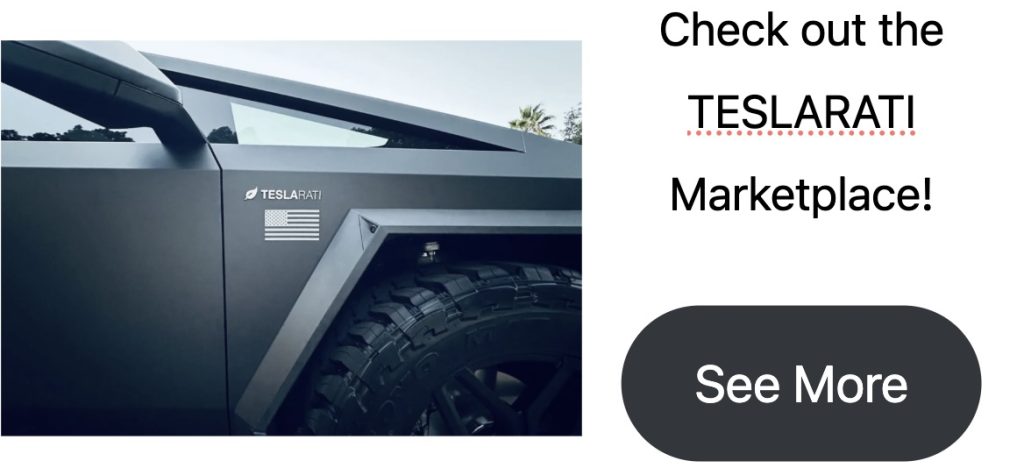
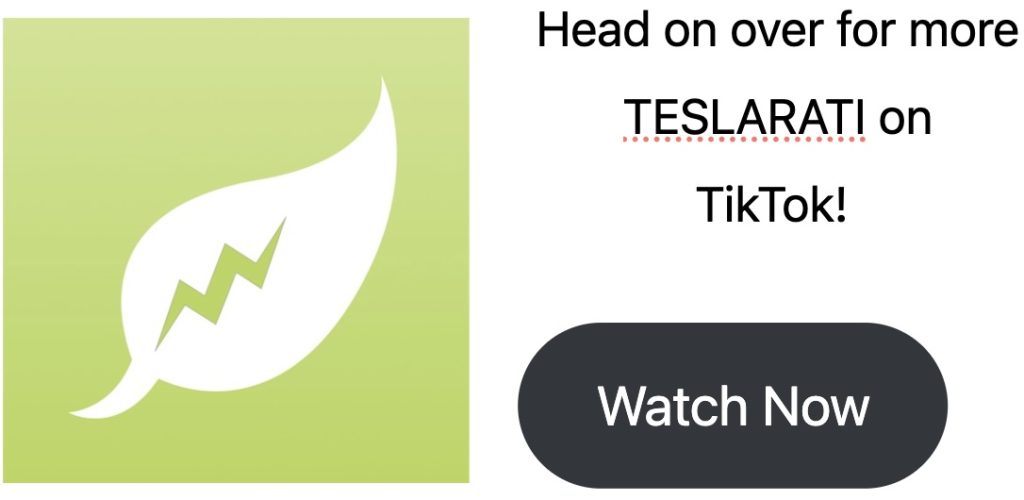
Don’t hesitate to contact us with news tips. Just send a message to simon@teslarati.com to give us a heads up.

News
Tesla Europe rolls out FSD ride-alongs in the Netherlands’ holiday campaign
The festive event series comes amid Tesla’s ongoing push for regulatory approval of FSD across Europe.
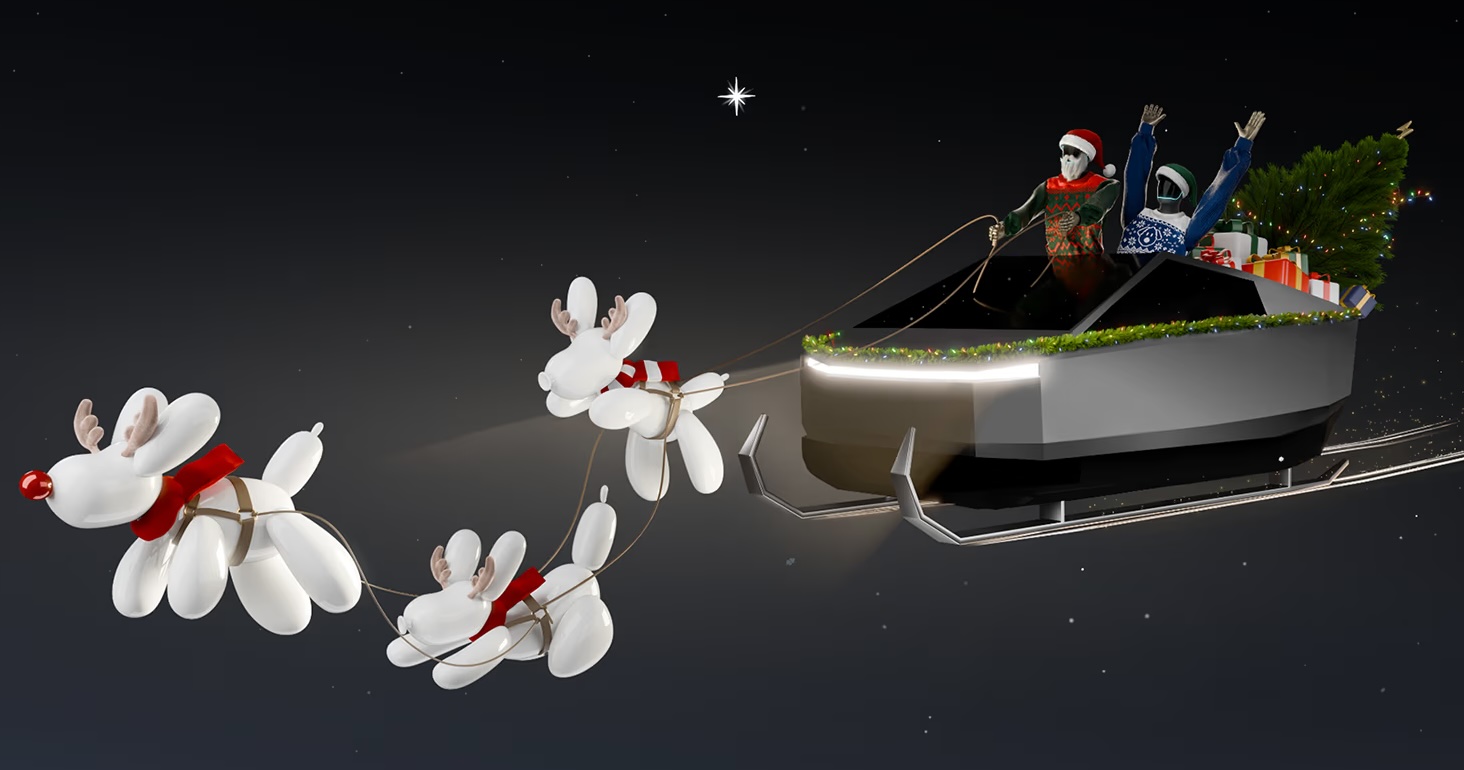
Tesla Europe has announced that its “Future Holidays” campaign will feature Full Self-Driving (Supervised) ride-along experiences in the Netherlands.
The festive event series comes amid Tesla’s ongoing push for regulatory approval of FSD across Europe.
The Holiday program was announced by Tesla Europe & Middle East in a post on X. “Come get in the spirit with us. Featuring Caraoke, FSD Supervised ride-along experiences, holiday light shows with our S3XY lineup & more,” the company wrote in its post on X.
Per the program’s official website, fun activities will include Caraoke sessions and light shows with the S3XY vehicle lineup. It appears that Optimus will also be making an appearance at the events. Tesla even noted that the humanoid robot will be in “full party spirit,” so things might indeed be quite fun.
“This season, we’re introducing you to the fun of the future. Register for our holiday events to meet our robots, see if you can spot the Bot to win prizes, and check out our selection of exclusive merchandise and limited-edition gifts. Discover Tesla activities near you and discover what makes the future so festive,” Tesla wrote on its official website.
This announcement aligns with Tesla’s accelerating FSD efforts in Europe, where supervised ride-alongs could help demonstrate the tech to regulators and customers. The Netherlands, with its urban traffic and progressive EV policies, could serve as an ideal and valuable testing ground for FSD.
Tesla is currently hard at work pushing for the rollout of FSD to several European countries. Tesla has received approval to operate 19 FSD test vehicles on Spain’s roads, though this number could increase as the program develops. As per the Dirección General de Tráfico (DGT), Tesla would be able to operate its FSD fleet on any national route across Spain. Recent job openings also hint at Tesla starting FSD tests in Austria. Apart from this, the company is also holding FSD demonstrations in Germany, France, and Italy.
News
Tesla sees sharp November rebound in China as Model Y demand surges
New data from the China Passenger Car Association (CPCA) shows a 9.95% year-on-year increase and a 40.98% jump month-over-month.
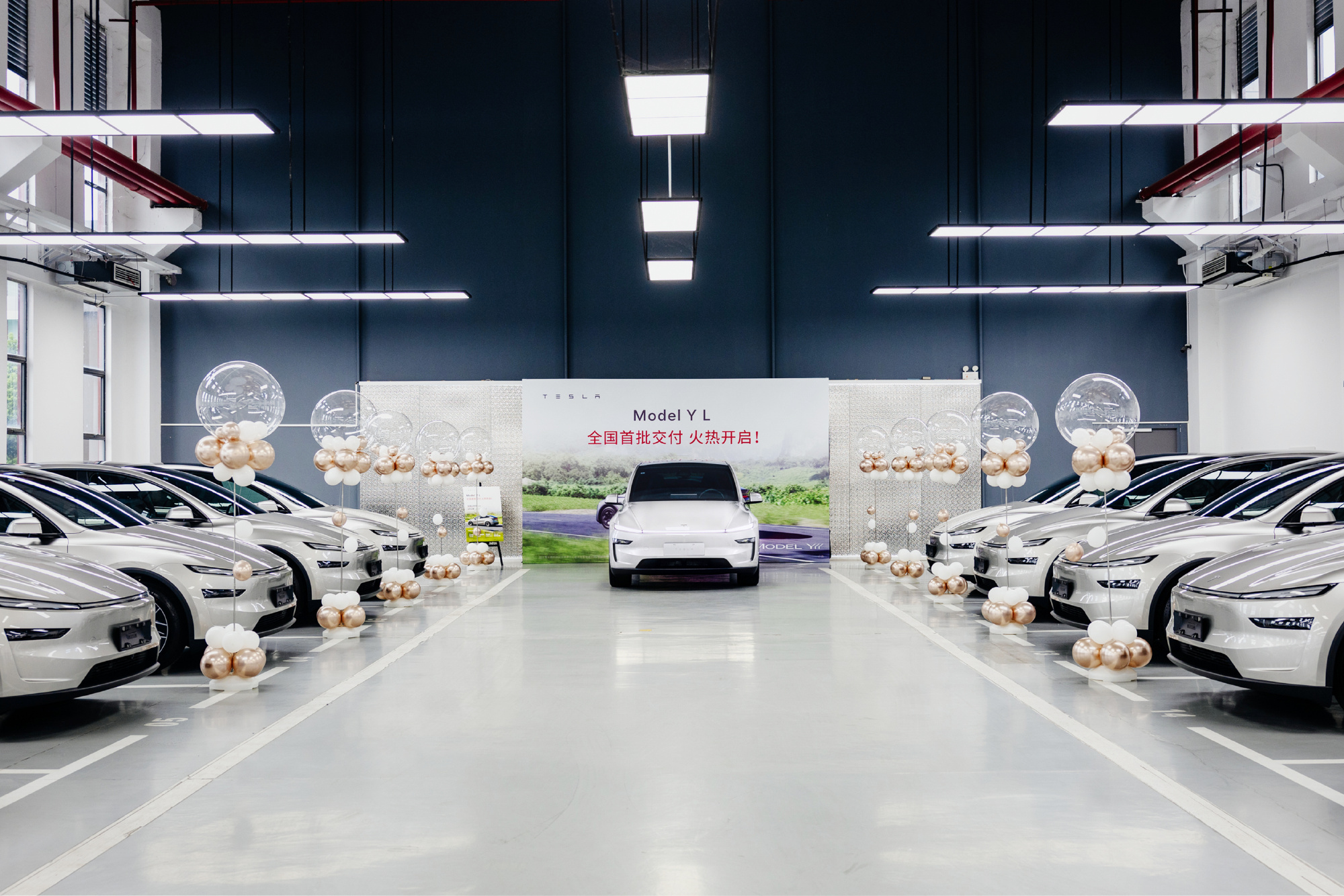
Tesla’s sales momentum in China strengthened in November, with wholesale volumes rising to 86,700 units, reversing a slowdown seen in October.
New data from the China Passenger Car Association (CPCA) shows a 9.95% year-on-year increase and a 40.98% jump month-over-month. This was partly driven by tightened delivery windows, targeted marketing, and buyers moving to secure vehicles before changes to national purchase tax incentives take effect.
Tesla’s November rebound coincided with a noticeable spike in Model Y interest across China. Delivery wait times extended multiple times over the month, jumping from an initial 2–5 weeks to estimated handovers in January and February 2026 for most five-seat variants. Only the six-seat Model Y L kept its 4–8 week estimated delivery timeframe.
The company amplified these delivery updates across its Chinese social media channels, urging buyers to lock in orders early to secure 2025 delivery slots and preserve eligibility for current purchase tax incentives, as noted in a CNEV Post report. Tesla also highlighted that new inventory-built Model Y units were available for customers seeking guaranteed handovers before December 31.
This combination of urgency marketing and genuine supply-demand pressure seemed to have helped boost November’s volumes, stabilizing what had been a year marked by several months of year-over-year declines.
For the January–November period, Tesla China recorded 754,561 wholesale units, an 8.30% decline compared to the same period last year. The company’s Shanghai Gigafactory continues to operate as both a domestic production base and a major global export hub, building the Model 3 and Model Y for markets across Asia, Europe, and the Middle East, among other territories.
Investor's Corner
Tesla bear gets blunt with beliefs over company valuation
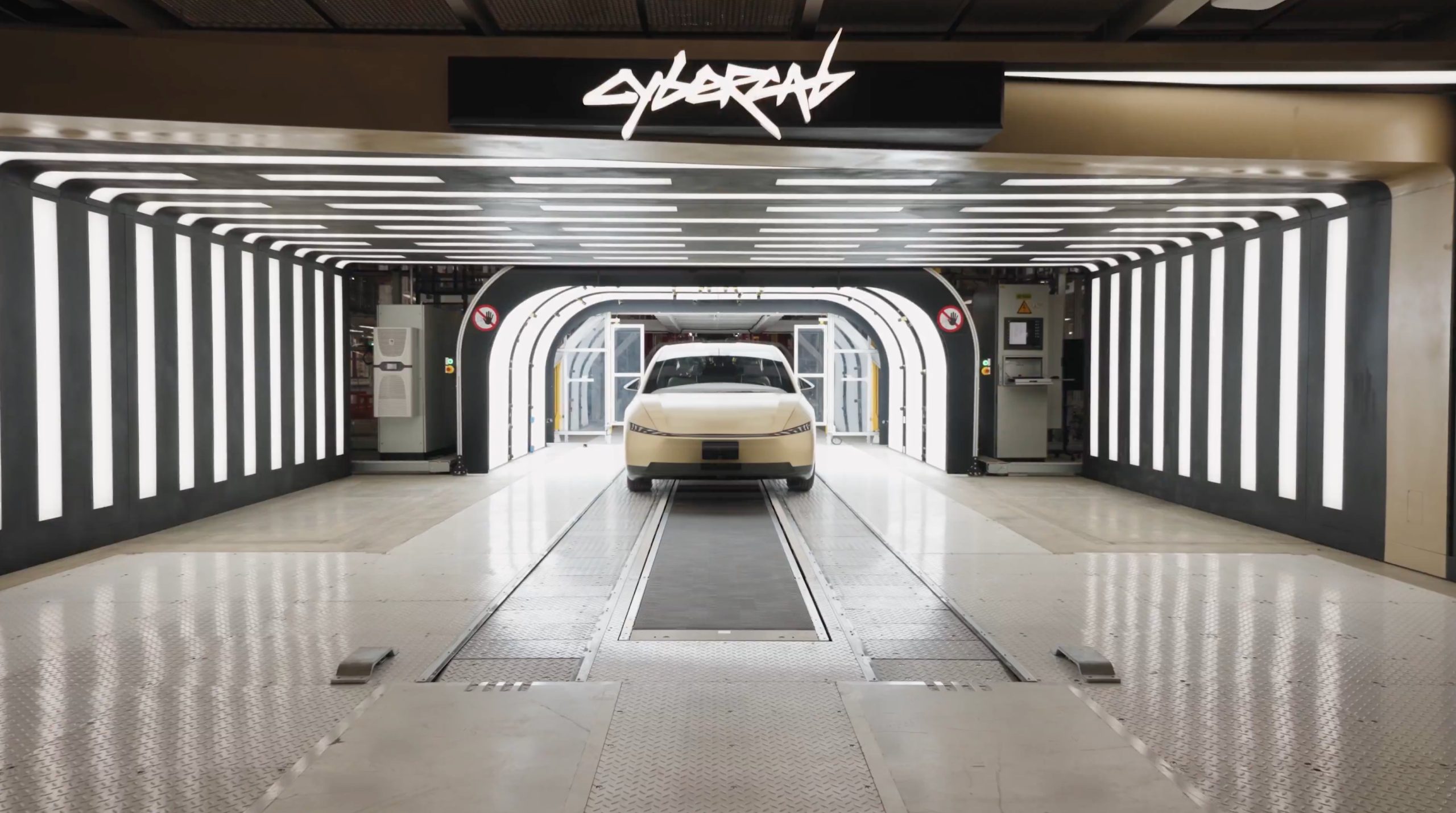
Tesla bear Michael Burry got blunt with his beliefs over the company’s valuation, which he called “ridiculously overvalued” in a newsletter to subscribers this past weekend.
“Tesla’s market capitalization is ridiculously overvalued today and has been for a good long time,” Burry, who was the inspiration for the movie The Big Short, and was portrayed by Christian Bale.
Burry went on to say, “As an aside, the Elon cult was all-in on electric cars until competition showed up, then all-in on autonomous driving until competition showed up, and now is all-in on robots — until competition shows up.”
Tesla bear Michael Burry ditches bet against $TSLA, says ‘media inflated’ the situation
For a long time, Burry has been skeptical of Tesla, its stock, and its CEO, Elon Musk, even placing a $530 million bet against shares several years ago. Eventually, Burry’s short position extended to other supporters of the company, including ARK Invest.
Tesla has long drawn skepticism from investors and more traditional analysts, who believe its valuation is overblown. However, the company is not traded as a traditional stock, something that other Wall Street firms have recognized.
While many believe the company has some serious pull as an automaker, an identity that helped it reach the valuation it has, Tesla has more than transformed into a robotics, AI, and self-driving play, pulling itself into the realm of some of the most recognizable stocks in tech.
Burry’s Scion Asset Management has put its money where its mouth is against Tesla stock on several occasions, but the firm has not yielded positive results, as shares have increased in value since 2020 by over 115 percent. The firm closed in May.
In 2020, it launched its short position, but by October 2021, it had ditched that position.
Tesla has had a tumultuous year on Wall Street, dipping significantly to around the $220 mark at one point. However, it rebounded significantly in September, climbing back up to the $400 region, as it currently trades at around $430.
It closed at $430.14 on Monday.

